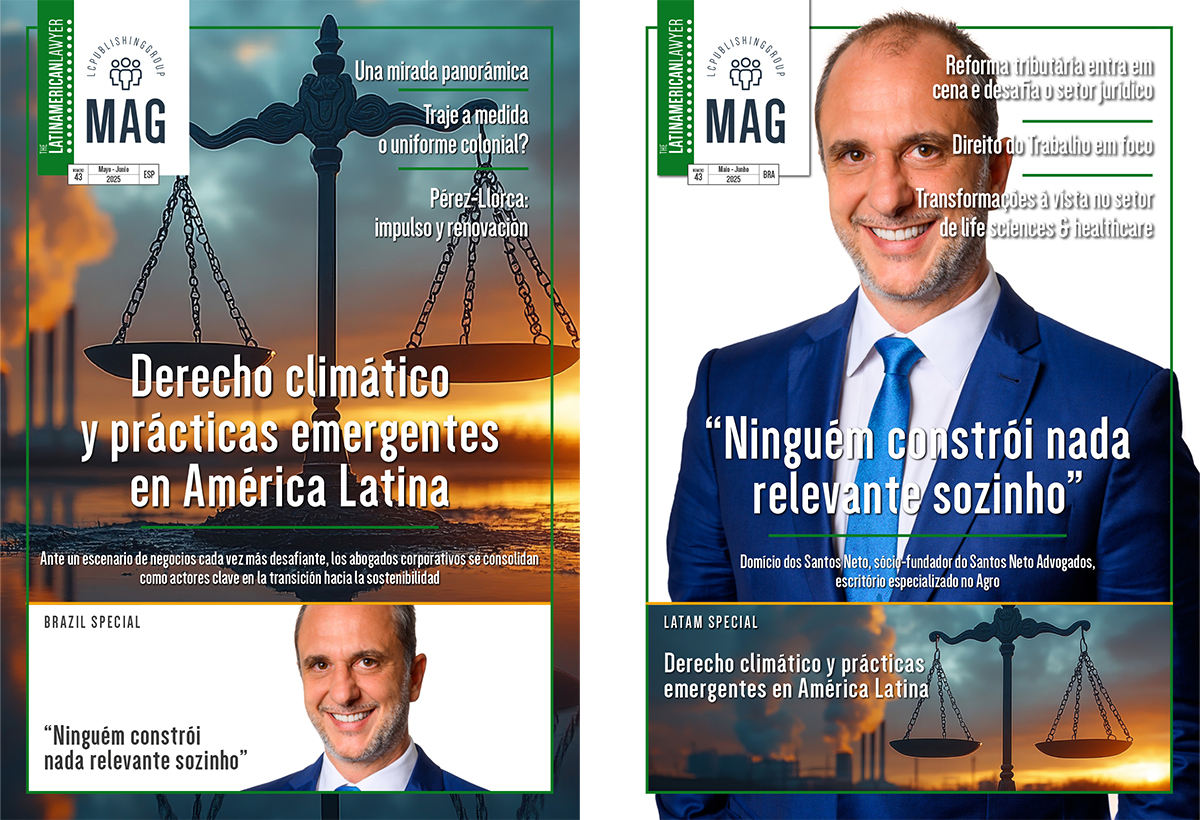At last, Mexico opening its doors
New president indicates a need for investment in infrastructure and energy, signalling opportunities for foreign investors
When Felipe Calderón became President of Mexico in late 2006, he promised billions of dollars of investment for the country’s infrastructure and energy projects. Six years later, there is an air of disappointment.
“Not many of the promised projects went through,” says Juan Carlos Serra, an Energy and Mining Partner at Basham Ringe & Correa. “There has been some activity in ports, water treatment plants, renewable energy and minor roads, but not the big projects that were expected.”
Optimism has now been revived after Enrique Peña Nieto won the general election in July. He has put his weight behind schemes such as the Querétaro-Mexico City high-speed rail link, new light rail systems in Guadalajara, Mexico City and Toluca, plus the revamp of commercial and cargo airports in places such as Atlangatepec Quintana Roo and Veracruz. The country’s ports and renewable energy sector have also been promised investment.
Carlos Serra, however, says that international investors need to be aware of local rules. “Under Mexican legislation, private companies are only allowed to sell electricity – and LNG too – to the state-controlled entity, although the rates are decent,” he adds. “The only other options are to self-supply domestically or export electricity, but that can only be bought by a shareholder of the generating company.”
He says that working closely with local companies is a good initial strategy, something companies such as Mitsui have benefited from, but is hopeful that the political appetite is there for reform.
But while reforms are not expected until the middle of 2013, there is a definite mood for change, says Carlos Serra. The new President has already said that he wants private investment in the infrastructure and energy sectors, opening the door to potential opportunities for foreign investors.















